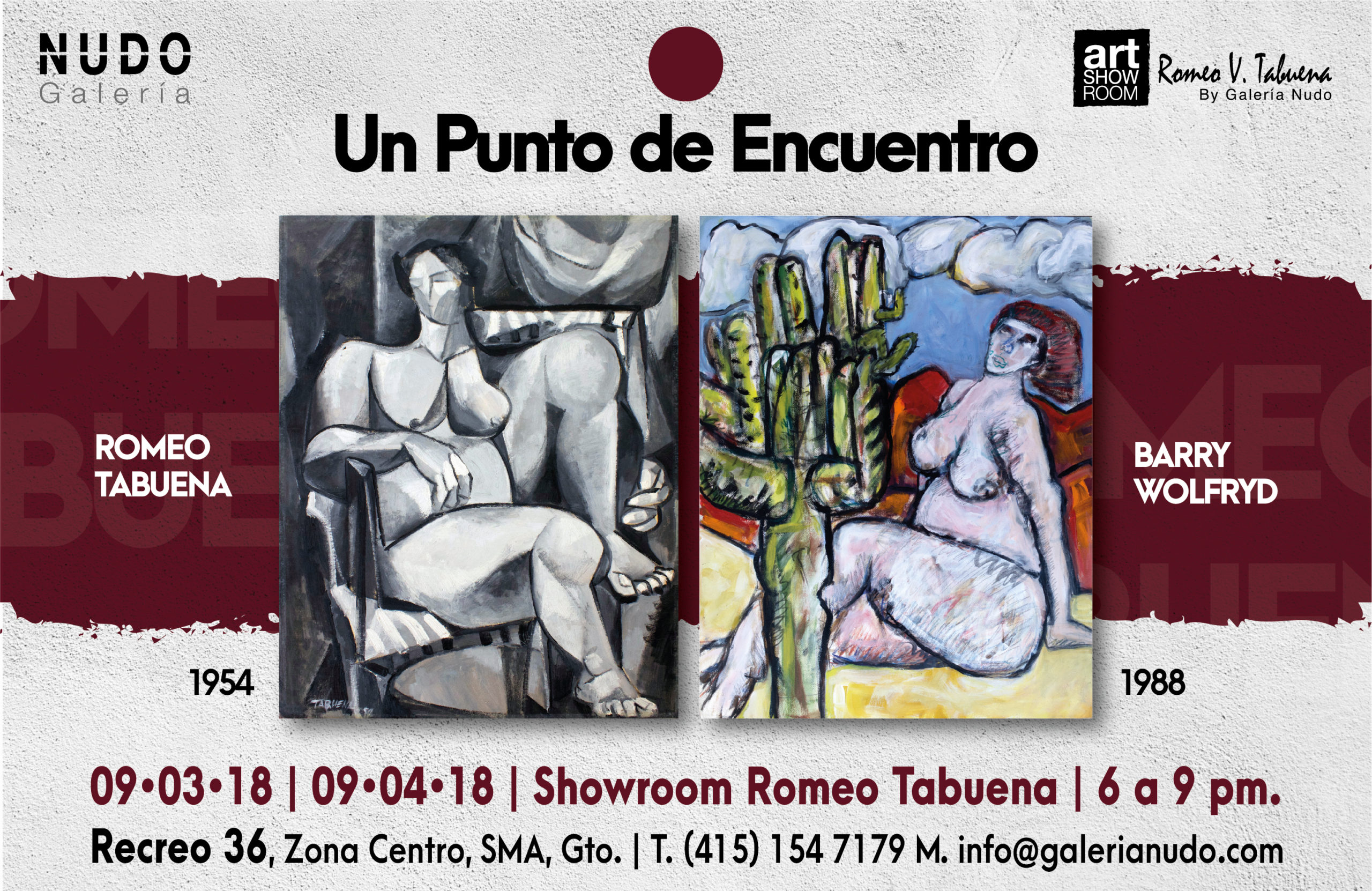La resignificación del retrato y el paisaje
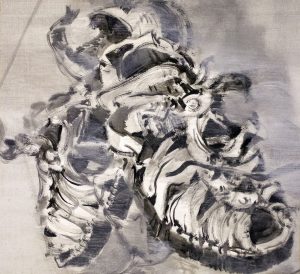
Fue en los agitados años setenta, y bajo la luz única de San Miguel de Allende. El pintor filipino Romeo Tabuena (1921-2015) llevaba ya 20 años en la ciudad, reinventando su propia obra, influido por el muralismo mexicano. El estadounidense Barry Wolfryd (1952) arribó a San Miguel en 1975 casi por accidente, a forjarse como pintor. Ambos confluyeron en el Instituto Allende, formando parte de la intensa y vibrante atmósfera creadora de aquel momento. Después, si Tabuena siguió consolidando su carrera desde San Miguel, Wolfryd haría lo propio desde la Ciudad de México.
La exposición Tabuena y Wolfryd – Un Punto de Encuentro. La resignificación del retrato y el paisaje explora momentos de coincidencia y diferenciación entre los discursos de estos dos artistas marcados a fuego por San Miguel de Allende, por el modernismo y por una sociedad que ha pasado de los debates sobre los derechos civiles y la Guerra de Vietnam, al consumismo desaforado, la era de Internet y el movimiento ambientalista.
Constituida por XX piezas, sobre todo retratos y paisajes, realizados en acuarela, óleo, acrílico, temple y técnicas mixtas, entre otras, Tabuena y Wolfryd… narra el encuentro, en San Miguel de Allende, de dos generaciones, dos concepciones geopolíticas distantes y dos temperamentos tan fascinados por México, como atentos al aquí y al ahora de la gente de a pie, es decir, a la condición humana.
Militante destacado del Neo-Realismo filipino, Tabuena se asentó en San Miguel en 1955, donde residió hasta su muerte. Siguiendo un consejo de David Alfaro Siqueiros, de no olvidarse de sus raíces, combinó en su obra motivos locales y de su Madre Patria, siempre buscando la excelencia. En ciertos retratos se le ve en su taller vestido de traje sastre, pintando una pieza que evoca la obra de Rufino Tamayo. Tabuena es considerado uno de los artistas filipinos más relevantes del siglo XX; el INBA lo honró en 1995, al cumplir él 40 años de actividad artística en México, y nuevamente en 2000, con la exposición Milenium, organizada en colaboración con la Embajada de Filipinas en México.
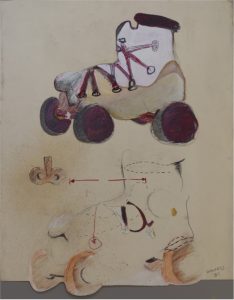
Por su parte, Wolfryd regresa a San Miguel con esta exposición, convertido en un pintor maduro, con una voz afinada y singular. La exposición muestra cómo sus primeras pinceladas –aún era un hippie con pelo largo y botas vaqueras– estaban llenas de psicodelia y cierto folclorismo cimentados en Francis Bacon. Con los años forjó un vocabulario personal emparentado con el Pop Art, y basado en símbolos e íconos. Sus actuales “comentarios sociales” están cargados de humor y un inquitante malabarismo conceptual sobre la convivencia de las culturas mexicana y estadounidense en el teatro de la decadencia global; aunque él no recibió el consejo de Siqueiros, tampoco olvidó sus raíces. Su obra ha sido exhibida lo mismo en la capital del país como en Nueva York, Los Ángeles, Berlín, Tokio, Trieste y Segovia. Este año expone en Madrid y Venecia
Tabuena y Wolfryd… es un ejercicio un tanto arqueológico, la extracción de un episodio guardado en los estratos de los años setenta de San Miguel de Allende, la revaloración de un diálogo entre dos artistas que se forjaron en esta ciudad, y que marcarán su historia para siempre.
Tabuena y Wolfryd – A Meeting Point
A new meaning for the portrait and the landscape
It was in the turbulent sixties and under the unique light of San Miguel de Allende. The Philippine painter Romeo Tabuena (1921-2015) had already been working in the city for twenty years, reinventing his own work, influenced by the Mexican muralist movement. The American Barry Wolfryd (1952) arrived in San Miguel in 1975 almost by accident to shape himself as a painter. Both artists converged at the Instituto Allende, forming part of the intense and vibrant atmosphere created at the time. Later, Tabuena continued consolidating his career in San Miguel and Wolfryd would do so in Mexico City.
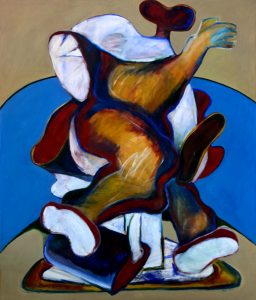
The exhibition, Tabuena and Wolfryd—A Meeting Point: A new meaning for the portrait and the landscape explores moments of concurrence and divergence between the discourses of these two artists who were marked by San Miguel de Allende, by modernism and by a society that had that had undergone the conflicts over civil rights and the war in Vietnam, over unbridled consumption, the Internet era and the environmental movement.
Constituted by more than 18 pieces, above all by portraits and landscapes in watercolour, oil, acrylic, tempera and mixed media, Tabuena and Wolfryd… tells the story of the meeting, in San Miguel de Allende, of two generations, two distant geopolitical conceptions and two temperaments, both fascinated by Mexico, both focused on the here and now of the people, that is, on the human condition.
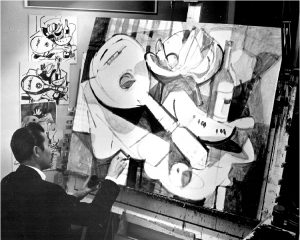
An outstanding member of Philippine Neo Realism, Tabuena settled in San Miguel in 1955, where he lived until his death. Following advice from David Alfaro Siqueiros to never forget his roots, he combined local subjects with those of his homeland. In some portraits he is depicted in his studio dressed in a suit making a painting that evokes the work of Rufino Tamayo. Tabuena is considered one of the most important Philippine artists of the twentieth century; the INBA honoured him in 1995 after 40 years of residence as an artist in Mexico and again, with the exhibition Millennium, organised in conjunction with the Philippine Embassy in Mexico.
In Wolfryd’s case, this exhibition marks his return to San Miguel, as he has become a mature painter with a refined and extraordinary voice. The exhibition shows how his first brush strokes—he was still a long-haired hippie in cowboy boots—were full of psychedelia and a certain folklore founded in Francis Bacon. With time, he shaped a personal vocabulary related to Pop Art and based in symbols and icons. Today’s “social commentaries” are charged with humour and a troubling conceptual gymnastics about the coexistence of the Mexican and American cultures in the theater of global decadence. Although he did not get advice from Siqueiros, he never forgot his roots. His work has been shown in Mexico City. New York, Los Angeles, Berlin, Tokyo, Trieste and Segovia. He exhibits this year in Madrid and Venice.
Tabuena and Wolfryd… is kind of archeological exercise: the excavation of an episode from the strata of the seventies in San Miguel de Allende and the reexamination of a dialogue between the two artists that was shaped in this city and that left its mark on it forever.

